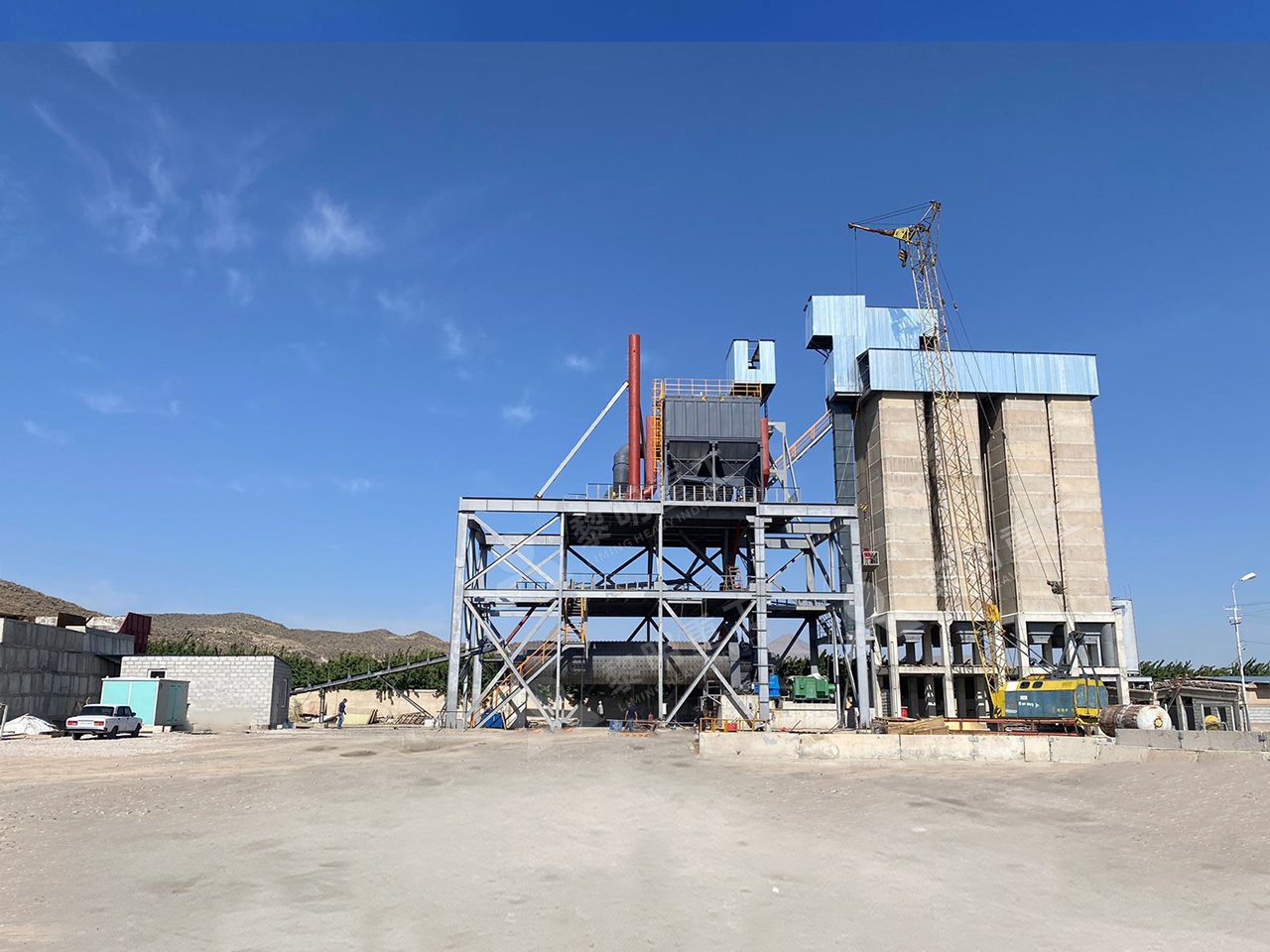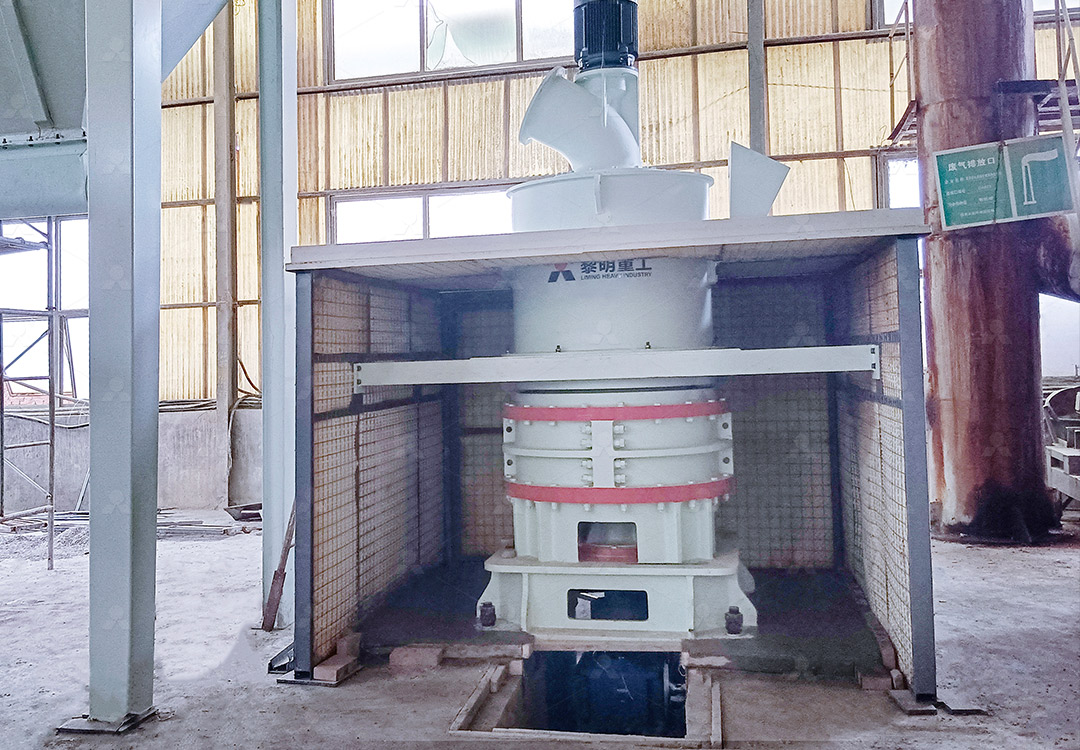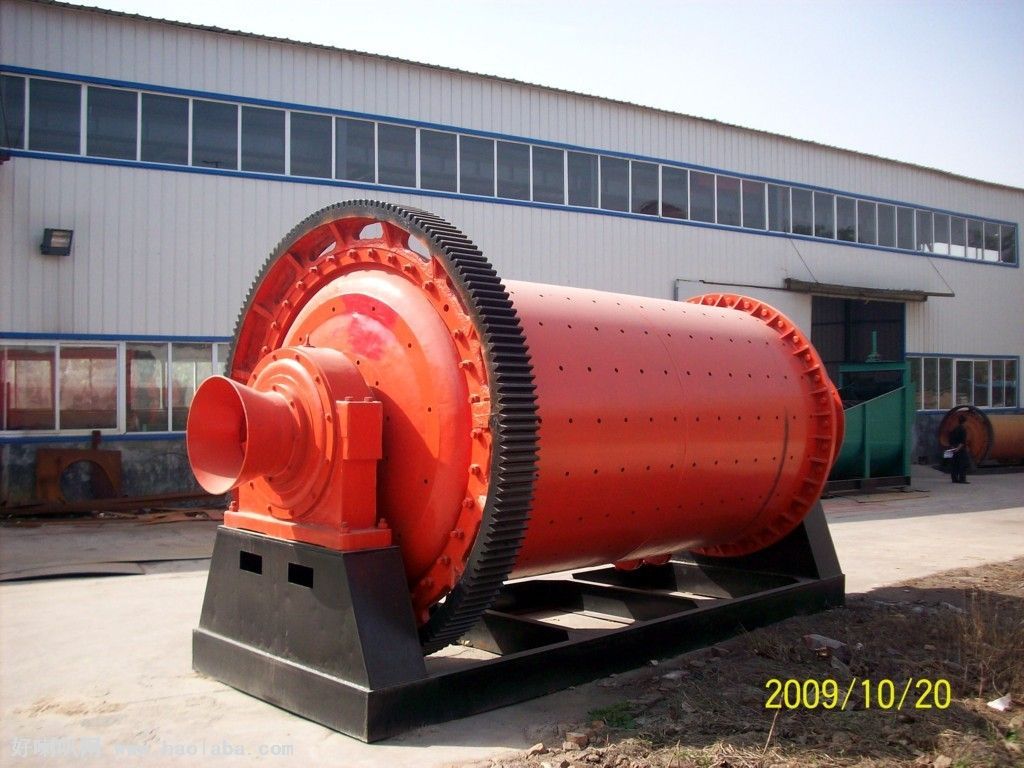Understanding the Breakage Characteristics of Dry Grinding in Ball Mills: Factors and Optimization
Introduction
Dry grinding in ball mills is a critical process in many industries, including mining, cement, and ceramics. Understanding the breakage characteristics of materials during this process is essential for optimizing efficiency, reducing energy consumption, and improving product quality. This article explores the key factors influencing dry grinding and highlights advanced solutions for optimization.

Key Factors Affecting Dry Grinding
Several factors influence the efficiency and outcomes of dry grinding in ball mills:
- Feed Size and Material Properties: The initial particle size and hardness of the material significantly impact grinding efficiency. Harder materials require more energy to break down.
- Mill Speed and Load: The rotational speed of the mill and the volume of material inside affect the grinding dynamics. Overloading or underloading can reduce efficiency.
- Grinding Media: The size, shape, and material of the grinding balls or rods play a crucial role in the breakage process.
- Air Flow and Ventilation: Proper ventilation is essential to prevent overheating and ensure consistent grinding.
Optimization Strategies
To achieve optimal grinding performance, consider the following strategies:
- Advanced Mill Design: Modern mills, such as our MW Ultrafine Grinding Mill, incorporate innovative features like efficient pulse dust collectors and adjustable fineness (325-2500 meshes) to enhance performance.
- Energy Efficiency: Reducing energy consumption is a priority. The MW Ultrafine Grinding Mill, for example, consumes 30% less energy compared to traditional jet mills.
- Automation and Control: Implementing digital control systems can optimize grinding parameters in real-time, ensuring consistent product quality.

Product Spotlight: MW Ultrafine Grinding Mill
For industries requiring ultra-fine powder, our MW Ultrafine Grinding Mill is an ideal solution. Key features include:
- Higher Yielding, Lower Energy Consumption: With a production capacity 40% higher than jet mills, it ensures efficiency without compromising quality.
- Adjustable Fineness: The cage-type powder selector allows precise control over particle size, achieving fineness up to 2500 meshes.
- Eco-Friendly Operation: Equipped with a pulse dust collector and muffler, it minimizes dust and noise pollution.
Conclusion
Understanding the breakage characteristics of dry grinding in ball mills is vital for optimizing performance and reducing costs. By leveraging advanced technologies like the MW Ultrafine Grinding Mill, industries can achieve higher efficiency, better product quality, and lower environmental impact. For more information on our grinding solutions, contact our team today.

